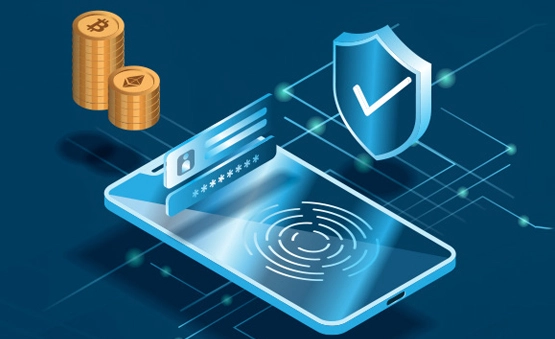Telegram
Skype
Signal

Gmail
UAE | India | USA | China | Germany | Japan | UK | Singapore | Australia | Italy | Canada
Web3, also known as the third generation of the internet, is rapidly transforming the way we interact with digital assets. One of the most significant developments in this space is the emergence of Web3 wallet development services. These services provide secure, decentralized ways to manage digital assets, including cryptocurrencies, NFTs, and other types of tokens. In this article, we will explore the benefits of using Web3 wallets and the key features of Web3 wallet development services.

Web3 wallets are digital wallets that allow users to store, manage, and transact with their digital assets in a decentralized manner. These wallets are built on blockchain technology, which provides a secure and transparent way to store and transmit data. Web3 wallets allow users to interact with various decentralized applications (dApps) and decentralized finance (DeFi) protocols.
Unlike traditional centralized wallets, Web3 wallets give users full control over their digital assets. Users hold private keys to their wallets, which are used to sign transactions on the blockchain. This means that users are the only ones who can access their digital assets, and no third party has control over their funds.

Web3 wallet development services are a new type of service that provides the development and deployment of Web3 wallets. These services are designed to help businesses and individuals create custom Web3 wallets that meet their specific needs.
The development process for Web3 wallets typically involves the following steps:
The first step in Web3 wallet development is to plan the features and functionality of the wallet. This involves defining the target audience, determining the types of digital assets that will be supported, and identifying any unique requirements.
Once the planning phase is complete, the design phase can begin. The design should be user-friendly, secure, and compatible with various dApps and DeFi protocols.
The development phase involves building the Web3 wallet using programming languages such as Solidity, JavaScript, or Python. The wallet should be tested thoroughly to ensure that it is secure and functional.
Once the development phase is complete, the Web3 wallet can be deployed on the blockchain. This involves configuring the wallet to interact with various dApps and DeFi protocols.
Web3 wallet development services can be used by a wide range of businesses and individuals. These services are particularly useful for businesses that are looking to create custom Web3 wallets for their customers or employees. Additionally, Web3 wallet development services can be used by individuals who are looking to create their own Web3 wallets for managing their digital assets.
Web 3.0 wallets offer several benefits over traditional wallets, including:
Web 3.0 wallets are built on decentralized blockchain networks, which provide a transparent and secure way to manage digital assets. This means that users have more control over their assets and are not reliant on a centralized platform to manage their assets.
Web 3.0 wallets are designed to be highly secure, with features such as multi-factor authentication and encryption. This helps to protect users' digital assets from theft and hacking attacks.
Web 3.0 wallets are accessible to anyone with an internet connection, regardless of their location or financial status. This makes it easier for people to access and manage digital assets, which can help to promote financial inclusion.
Web 3.0 wallets give users more control over their digital assets, as they can manage their assets directly and do not need to rely on a third-party platform to manage their assets.

Web3 wallet development services offer several features that are tailored to the needs of digital asset management, including:
The development process for Web 3.0 wallets is similar to that of traditional wallets, but with some additional considerations. Web 3.0 wallets are built on blockchain technology, which provides a decentralized and transparent way to store and transmit data. To develop a Web 3.0 wallet, the following steps are typically involved:
The first step in Web 3.0 wallet development is to create a design that is both user-friendly and secure. The design should take into account the unique features of blockchain technology, such as private and public keys, and provide a seamless user experience for managing digital assets.
Once the design is finalized, the development process can begin. The development team will use programming languages such as Solidity, Javascript, or Python to build the Web 3.0 wallet. The wallet will be built on a blockchain network such as Ethereum or Polkadot, which provides the necessary infrastructure for decentralized asset management.
Security is a critical aspect of Web 3.0 wallet development. The wallet should be designed to be as secure as possible, with features such as multi-factor authentication, biometric authentication, and encryption. The wallet should also be audited by security experts to ensure that it is secure and free from vulnerabilities.
Once the Web 3.0 wallet is built, it needs to be tested thoroughly to ensure that it is functioning correctly and that there are no bugs or other issues. Testing should include both manual and automated testing to ensure that the wallet is reliable and user-friendly.
Once the Web 3.0 wallet has been tested and is functioning correctly, it can be launched to the public. The wallet should be marketed to potential users, and feedback should be collected to ensure that the wallet is meeting the needs of its users.